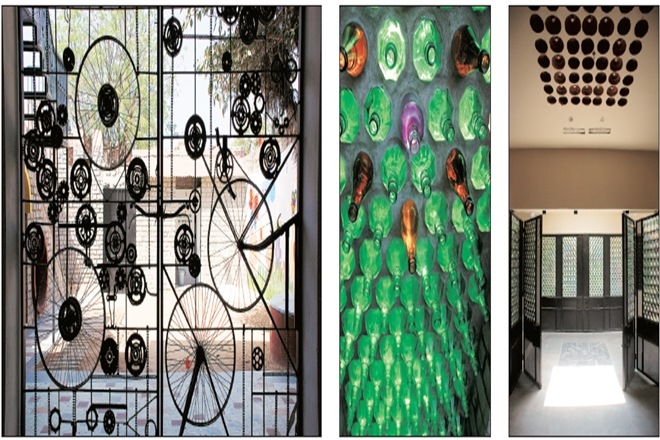New Delhi-based architect Bilal Khan was recently given a project to design a bungalow in one of the city’s posh areas. He had a plethora of options to choose from for the interiors—granite, marble or simple concrete—but none of them appealed to him. He instead decided to turn to ecological materials such as bamboo, compressed briquettes and recyclable materials such as plastic bottles, old clothing, furniture, etc. “The shed on the finished balcony does not have the regular tarpaulin or plastic-based cover. I used two layers of bamboo and placed stitched pieces of old clothing covers in between them. It’s not only eco-friendly, but also has longevity. There is a serious need to undertake such forms of architecture. The scope is immense,” says
the 26-year-old.
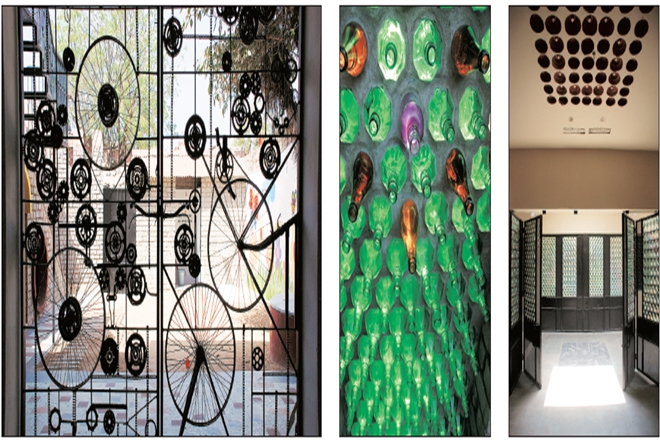
Over the past few years, architects across the country are engaging more and more with ecological, or biological, architecture, wherein they prefer to use resources and materials that are closest at hand. Take, for instance, Bengaluru-based Biome Environmental Solutions, an architectural firm headed by Chitra Vishwanath, which has been undertaking such projects for some years now. Whether it is the use of red oxide on the floor—a common sight in old homes—to keep the floor cool and easy to maintain or the use of old rubber wood for wardrobes, they believe in using materials that are sustainable and long-lasting. Explaining their philosophy, Vishwanath says, “Our core philosophy is to build frugally and create an ecosystem. Our designs are urban answers to living ecologically, where buildings are not parasitic, but
positive inserts. We incorporate intelligent water and sanitation systems in a creative and elegant manner. The philosophy also entails making indigenous designs, in response to various crisis we are facing, in an equitable manner.”
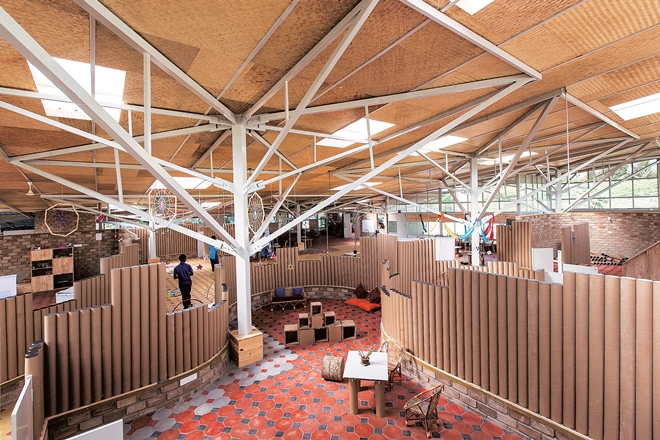
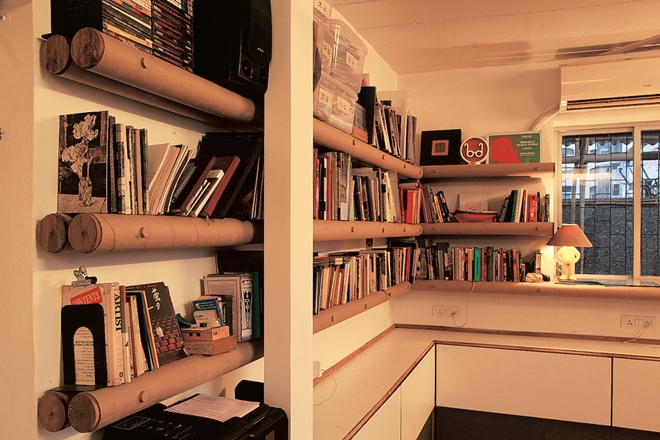
A major problem with such architecture, however, is its inability to make complete inroads into metropolitan cities such as New Delhi or Bengaluru. The complex population density, coupled with shrinking spaces, make it difficult for such designs to be implemented on a large scale. Building a house with all modern amenities, but constructed in the most ecological manner is a tough nut to crack in cities, rue experts. Areen Attari, co-founder, Put Your Hands Together (PYHT)—a Mumbai-based architecture firm that uses natural materials to create eco-friendly structures—blames the development pattern in these cities as the reason. “Development schemes and patterns in bigger cities are very different because of the high population they cater to. Such architecture can’t be used on a larger scale, as there is no space for us to experiment. But tier II and III cities are very good options… hence, such architecture forms have a good future in times to come. That is why we are investing in it,” he tells Financial Express.
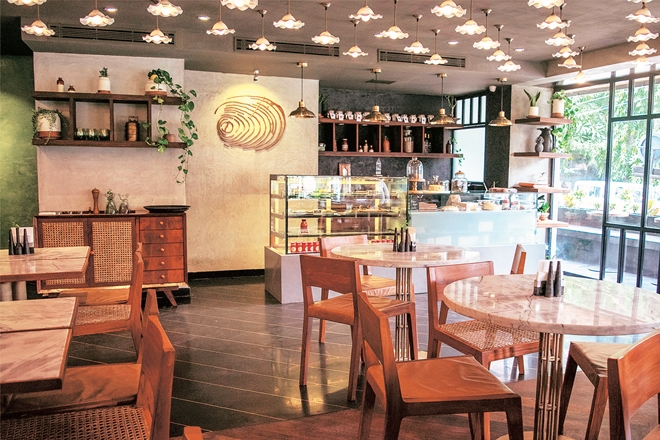
Revathi Kamath, a pioneer of mud architecture and founder of Kamath Design Studio, New Delhi, believes there are other ways in which this type of architecture can be incorporated on a large scale in big cities. “You need not build a whole house made of mud in Delhi or Mumbai. But even if you build one wall of the study room or the living room, it would add a different feel and dimension to the overall structure. Similarly, you can’t build stepwells in your house to save water, but you can encourage water harvesting. It needs to start from such small initiatives for it to turn big in times to come,” she says.
Here, we take a look at some green projects built by architecture firms across India…

